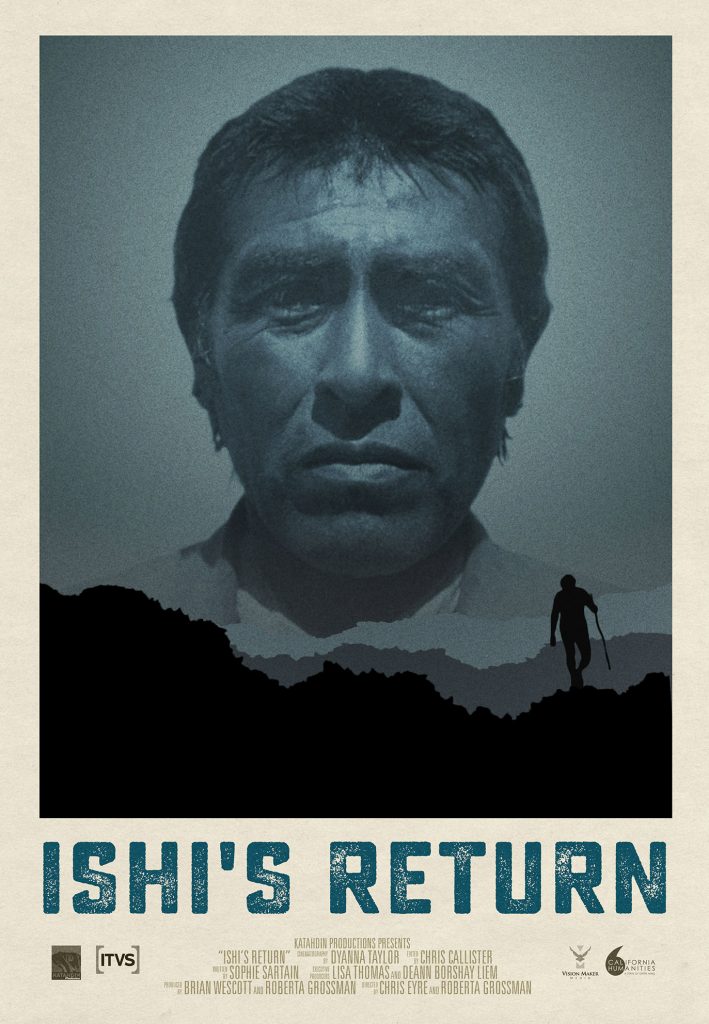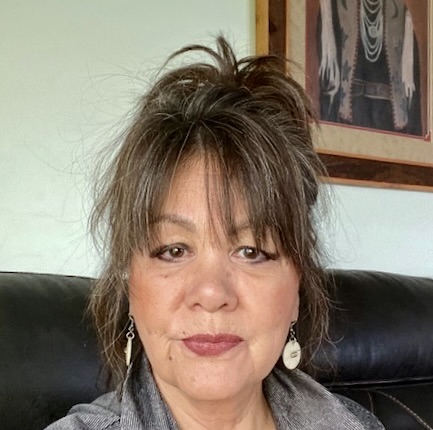Three Historical Native Americans You Should Know About
And Three great documentaries to help you learn more
Paving the way for the future...
The people of our past have paved the way for the world we know today and for future generations. We would not be where we are today without the achievements of those before us. We’ve curated a list of three historical Native Americans who might not have ended up in your textbooks, but played significant roles in history, and paired them with their accompanied films to help you dive deeper.
Chief Standing Bear
Chief Standing Bear fought for the rights of Native people. In a time of forced removals by the U.S. Government, he took a stand in the U.S. District Court in 1879 and proclaimed while holding out his hand, “That hand is not the color of yours, but if I prick it, the blood will flow, and I shall feel pain. The blood is of the same color as yours. God made me, and I am a Man.” His testimony won Standing Bear the trial, therefore granting Native Americans the same human rights as others under American law. Standing Bear went on speaking tours to educate about Indian rights.
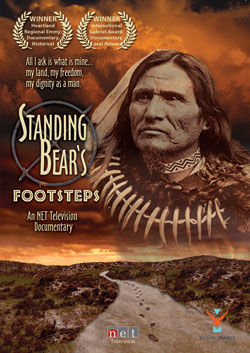
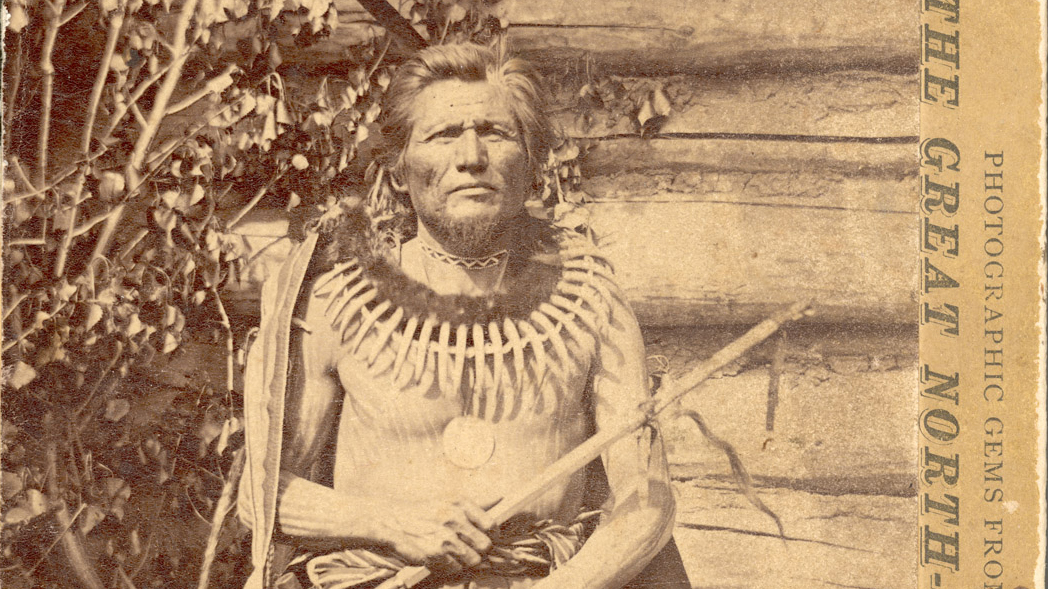
What to watch
Standing Bear's Footsteps
This 60-minute high definition documentary weaves together interviews, recreations and present day scenes to tell the powerful story of Chief Standing Bear who went to court to prove he was a person.
Susan La Flesche Picotte
During a time where women were no more than stay-at-home housewives, Susan La Flesche Picotte broke through all barriers and became the first Native American woman to become a physician in the United States. Graduating from the Hampton Institute as valedictorian, Susan was determined to pursue her medical degree and was accepted at Woman’s Medical College of Pennsylvania. She wrote an appeal to the Connecticut Indian Association for finances and was the first person to receive financial aid for professional education in America. After receiving her medical degree, Susan accepted a position as a government physician for her reservation at the Omaha Agency Indian School. Throughout the rest of her life, she continued her connection with the Connecticut Indian Association and was an activist and speaker for Native education.
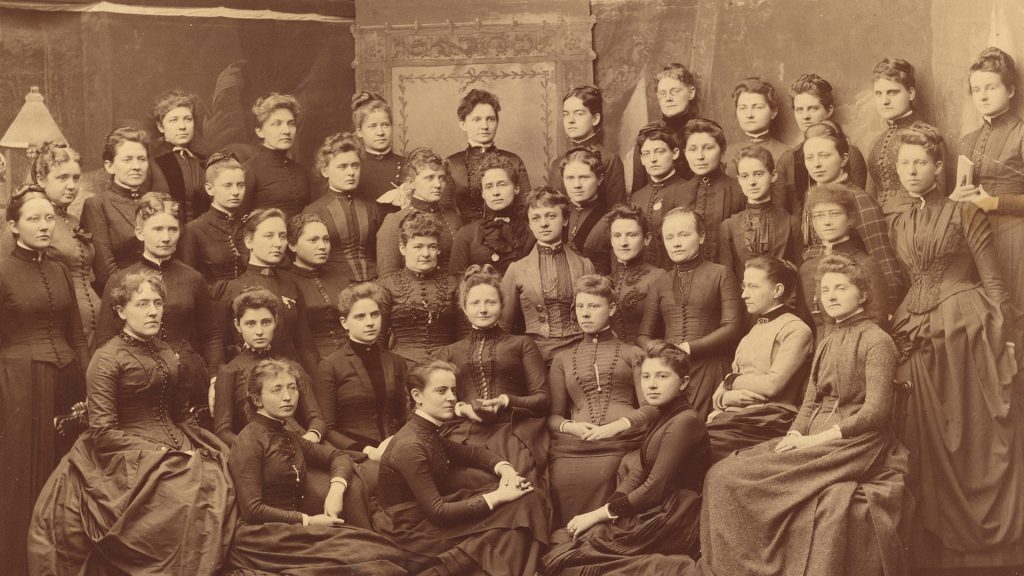
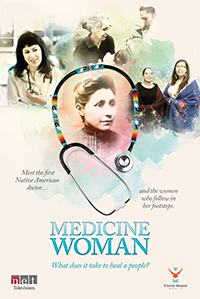
What to watch
Medicine Woman
What does it take to heal a people? That’s the question at the heart of Medicine Woman, a one-hour PBS documentary interweaving the lives of Native healers of today with that of the first Native American doctor.
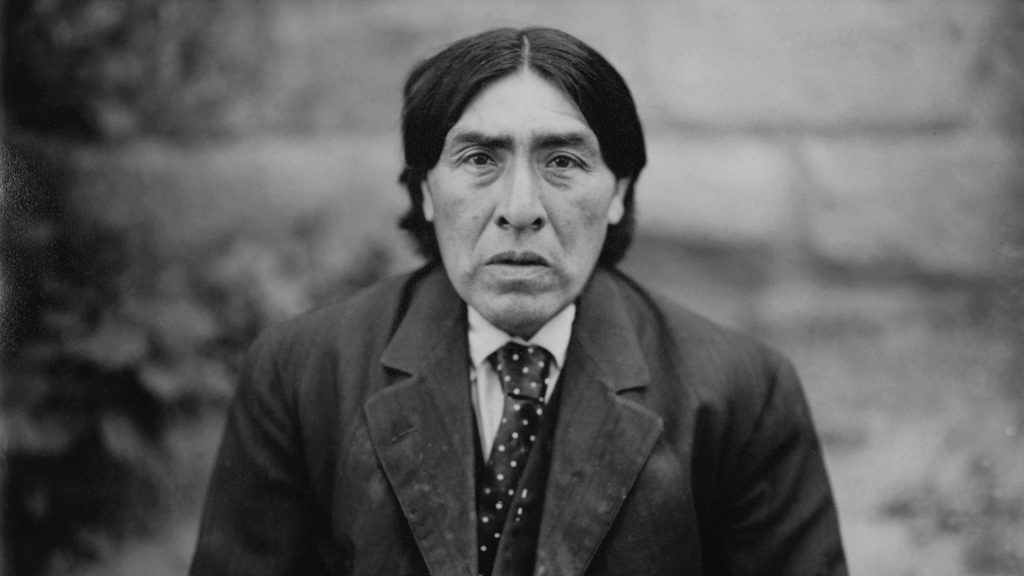
Ishi the “last wild Indian”
The “last wild Indian,” Ishi, spent nearly 45 years in hiding with his mom, uncle, and sister as the rest of the Yahi People were killed in the Three Knolls Massacre. After their camp was ransacked, Ishi was the last survivor. He spent 3 years surviving on his own in the wilderness until he was captured by the local Sheriff. He stayed at the University of California, Berkeley and taught the anthropologists his peoples tradition, culture and language as best as he could remember. His brain was preserved at the Smithsonian for years but was returned to his closest living descendants.
What to watch
Ishi's Return
ISHI’S RETURN is a half-hour film about Ishi, billed in 1911 as the “last wild Indian” when he wandered out of the woods in Oroville, CA, and became a national sensation. When Ishi died, his brain was removed and sent to the Smithsonian Institution in Washington, DC. Eighty years later, his descendants in California fight to have his remains repatriated to his ancestral home.
